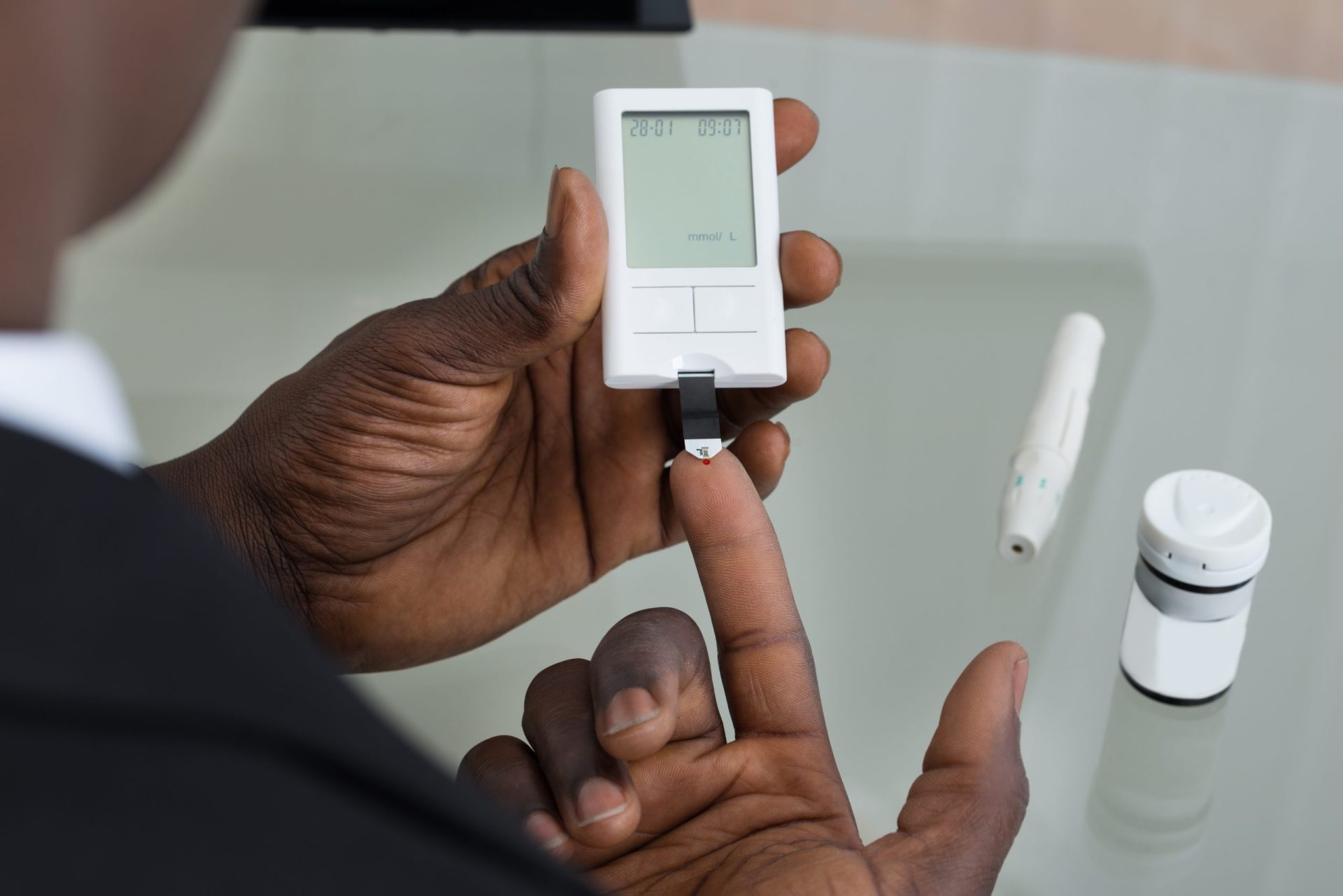For people with diabetes, a simple cut or scrape can become a gateway to serious health complications. Understanding why wound care holds such critical importance helps create awareness about necessary preventive measures and proper treatment approaches.
How diabetes disrupts natural healing
The relationship between diabetes and wound healing reveals a complex challenge. High blood sugar levels damage vital blood vessels, reducing crucial oxygen and nutrient flow to injury sites. This impairment creates a perfect storm where even minor wounds struggle to heal properly.
The condition also weakens the immune system’s ability to fight off potential infections. This combination of reduced blood flow and compromised immunity turns simple injuries into potential health crises.
The threat of unnoticed injuries
Nerve damage, a common diabetes complication, creates a particularly dangerous situation. When people lose sensation in their extremities, especially their feet, they might not notice cuts, blisters, or other injuries until serious problems develop.
This delayed recognition often allows minor wounds to progress unchecked, potentially leading to severe infections. The risks become even more significant when considering that diabetes already impairs the body’s natural healing processes.
Understanding high-risk areas
Feet remain particularly vulnerable to wound-related complications in diabetics. Poor circulation combined with nerve damage makes this area especially susceptible to developing problems. Even minor pressure points from ill-fitting shoes can create wounds that resist healing.
These vulnerabilities extend beyond just the feet. Any area of the body can become a potential concern, especially in places where skin folds create moisture-rich environments favorable for infection development.
Essential daily monitoring
Creating an effective wound prevention strategy starts with vigilant daily self-examination. This routine should include careful inspection of feet, legs, and other areas prone to injury. Using mirrors or asking family members for help ensures no potential problem areas go unnoticed.
The moisture balance challenge
Proper wound care requires maintaining optimal moisture levels – too little delays healing, while too much risks skin breakdown. This delicate balance becomes even more crucial for diabetics, whose healing capabilities already face significant challenges.
The role of nutrition in healing
Proper nutrition significantly impacts wound healing for diabetics. The body requires specific nutrients to support tissue repair and maintain strong immune function. Protein becomes particularly crucial during the healing process, working alongside vitamins and minerals to rebuild damaged tissue. Maintaining adequate hydration also plays a fundamental role, as proper fluid levels support healthy circulation and nutrient delivery to wound sites.
Managing daily challenges
The psychological impact of constant wound monitoring can create significant stress for diabetics. This ongoing vigilance, while necessary, often affects daily routines and quality of life. Creating effective coping strategies becomes essential for maintaining both physical and mental well-being. Support from family members, healthcare providers, and others facing similar challenges can help manage these psychological pressures.
Environmental safeguards
The living and working environment plays a crucial role in wound prevention and care. Creating safer spaces involves thoughtful consideration of everyday surroundings. Proper lighting helps prevent accidental injuries, while maintaining comfortable temperatures supports optimal healing conditions. Regular assessment of potential hazards in frequently used areas can significantly reduce injury risks.
Documentation importance
Tracking wound healing progress provides valuable information for both patients and healthcare providers. Regular monitoring helps identify potential complications early, enabling swift intervention when needed. Detailed records of treatment responses and healing patterns help healthcare teams adjust care strategies effectively, leading to better outcomes.
Building comprehensive care
Effective wound care requires a coordinated approach between multiple healthcare providers. Primary care physicians work alongside wound care specialists to develop targeted treatment plans. Regular communication between all care team members ensures consistent, appropriate care delivery and swift response to any complications.
Future of wound care
Ongoing research continues to advance treatment options for diabetic wounds. Emerging technologies show promise in improving both prevention and treatment outcomes. Scientific developments focus on enhancing healing processes while reducing complication risks. These advances offer hope for more effective wound management strategies in the future.
Long-term outlook
Developing sustainable care strategies helps prevent future complications. Regular medical oversight combined with proper self-care creates a strong foundation for wound prevention and management. Understanding treatment options and maintaining preventive care routines significantly reduces complication risks over time.
Impact on lifestyle
Wound care considerations affect many aspects of daily life for diabetics. Activities from exercise to work require thoughtful planning to minimize injury risks. Social interactions and personal care routines often need adjustment to accommodate proper wound care practices. These adaptations, while sometimes challenging, play a vital role in maintaining overall health.
Creating sustainable routines
Establishing effective daily care routines helps prevent wound-related complications. Morning and evening checks become essential parts of the day, incorporating both prevention and monitoring aspects. These routines, when consistently maintained, provide crucial protection against potential complications while supporting overall health management.
The commitment to proper wound care requires dedication but offers vital protection against serious complications. Understanding these various aspects and implementing appropriate care strategies allows people with diabetes to significantly reduce their risk of wound-related complications while maintaining active, fulfilling lives.
By taking a proactive approach to wound care and prevention, diabetics can better manage their health risks while maintaining quality of life. This comprehensive understanding of wound care importance, combined with proper preventive measures and treatment approaches, forms the foundation for successful long-term health management.
















